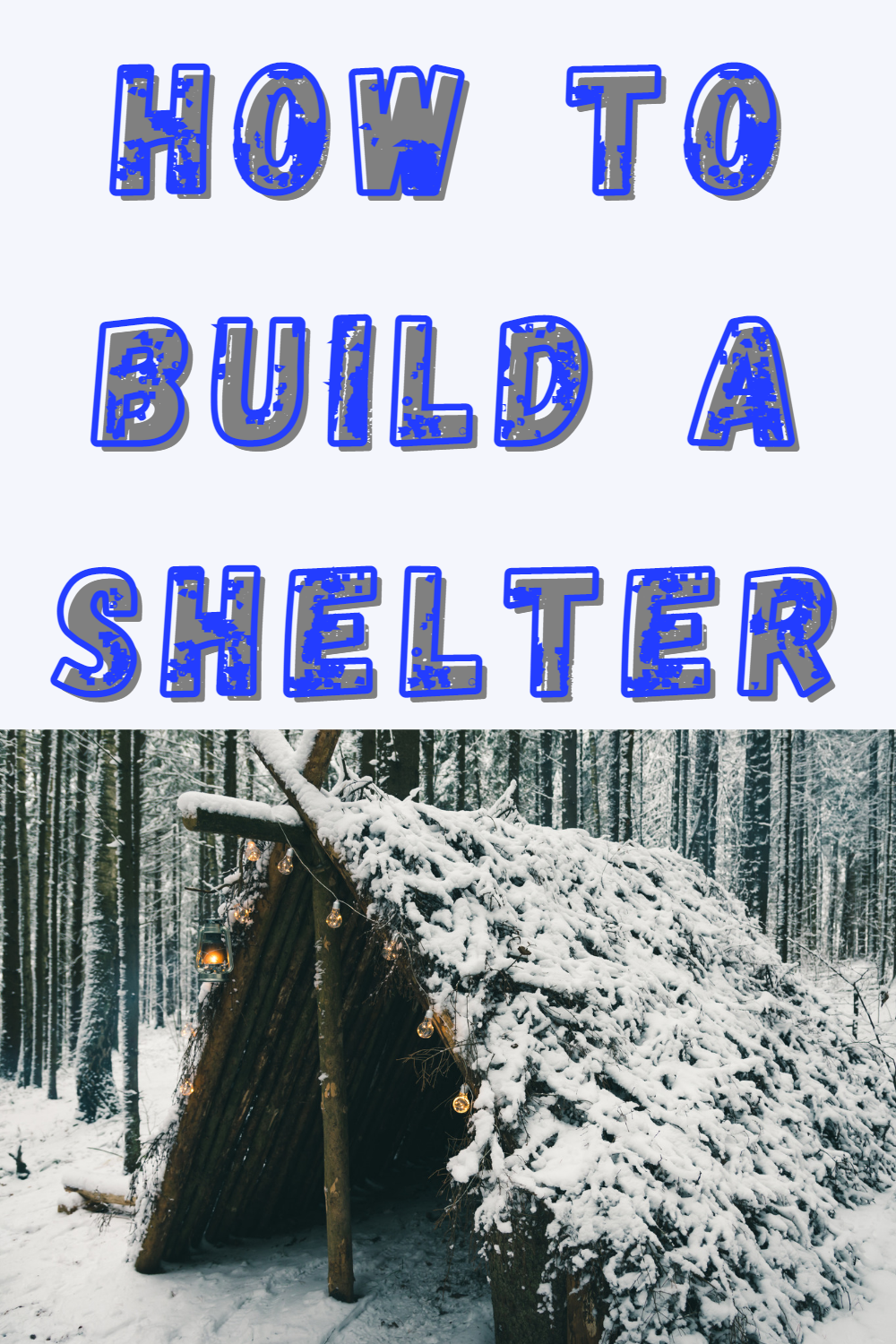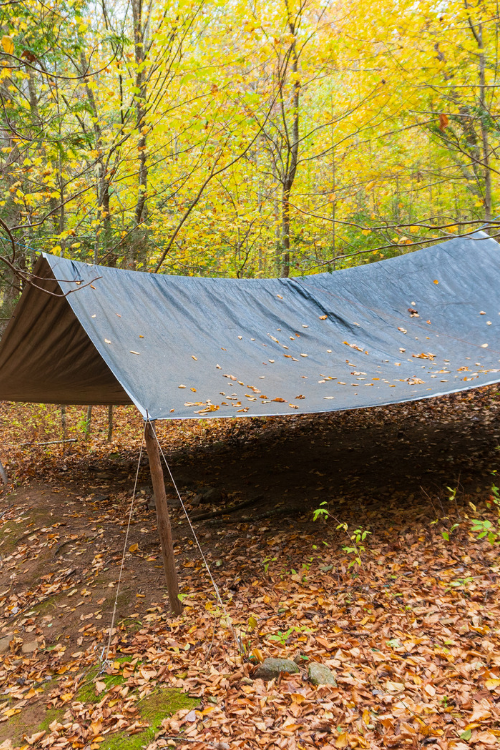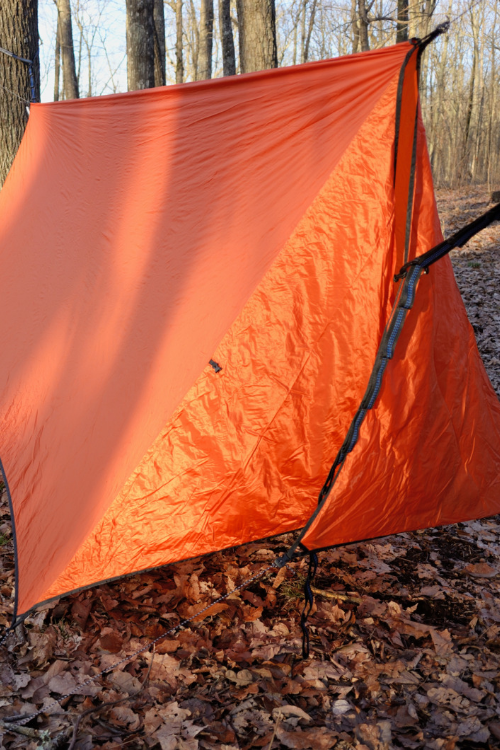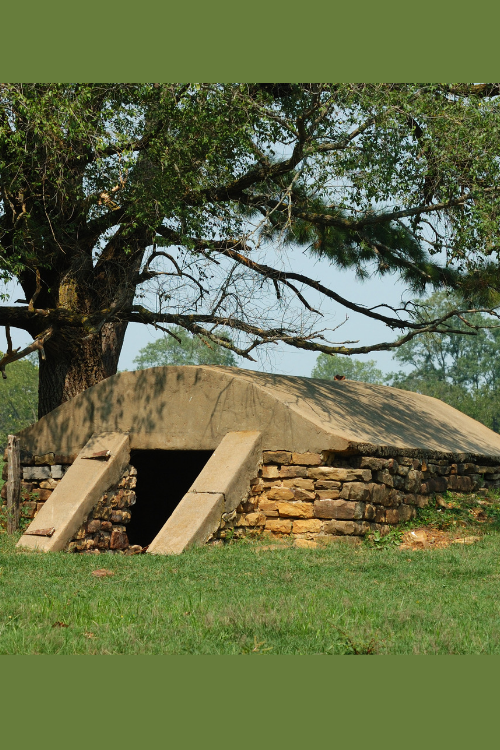How To Build a Shelter

How to Build a Shelter
If you are in a survival situation, one of your top priorities is to find or build a shelter that can protect you from the elements, animals, and other dangers. There are many types of shelters that you can make depending on your location, materials, and needs. Here are some simple designs that you can try:
Tarp Shelter
A tarp shelter is one of the easiest and fastest shelters to make. All you need is a plastic tarp and some cordage. You can also use a rain poncho or any large piece of waterproof material.
To make a tarp shelter, follow these steps:
- Find two trees that are about 10 feet (3 m) apart and tie a cord between them at about chest height.
- Drape the tarp over the cord and secure the edges with rocks, sticks, or more cordage.
- Adjust the height and angle of the tarp to suit your needs. You can make it higher for more ventilation or lower for more protection.

A tarp shelter can provide some protection from rain and sun, but it has some drawbacks. It is not very sturdy and can be damaged by wind, falling branches, or hard rain. It also does not offer much insulation or privacy.
Tarp Tent
A tarp tent is a variation of the tarp shelter that provides more protection from wind and rain. It is slightly more complicated to make but still very easy.
To make a tarp tent, follow these steps:
- Find two trees that are about 10 feet (3 m) apart and tie a cord between them at about chest height.
- Drape the tarp over the cord and secure one end to the ground with rocks, sticks, or more cordage.
- Lift the other end of the tarp and tie it to another tree or stake it to the ground at an angle. This will create a triangular shape with an opening on one side.

A tarp tent can provide more protection from wind and rain than a tarp shelter, but it still has some limitations. It is not very durable and can be damaged by wind, falling branches, or hard rain. It also does not offer much insulation or privacy.
A-Frame Shelter
An A-frame shelter is a classic survival shelter that can be made with natural materials. It is more sturdy and insulated than a tarp shelter or tent, but it takes more time and effort to build.
To make an A-frame shelter, follow these steps:
- Find a long, sturdy branch that is about 10 feet (3 m) long and 3 to 6 inches (7.6 to 15.2 cm) thick. This will be the ridgepole of your shelter.
- Prop one end of the ridgepole on a tree stump, log, or two shorter branches that form a V shape. The other end should rest on the ground.
- Lean shorter branches against both sides of the ridgepole to create a triangular frame.
- Cover the frame with leaves, grass, pine needles, bark, or any other natural material that can provide insulation and waterproofing. Start from the bottom and work your way up, overlapping each layer like shingles.
- Leave an opening on one end for entry and exit. You can close it with more material or leave it open for ventilation.

An A-frame shelter can provide good protection from wind, rain, cold, and animals. However, it requires more time and materials to build than a tarp shelter or tent. It also may not be very comfortable or spacious.
Storm Shelter
A storm shelter is a type of shelter that is designed to withstand extreme weather conditions such as tornadoes, hurricanes, or floods. It is usually built underground or in a reinforced structure such as a basement or garage.
To make a storm shelter, follow these steps:
- Choose a location on top of a concrete slab that is dry, flat, and away from any potential hazards such as windows, trees, power lines, or water sources.
- Build a sturdy frame out of wood or metal that can support the weight of your shelter. You can use nails, screws, bolts, or brackets to join the pieces together.
- Cover the walls with steel sheeting and plywood that can resist impact and pressure. You can also add insulation and waterproofing if needed.
- Install a door that is certified to withstand storm conditions. Make sure it opens inward and has multiple locks and hinges.
- Stock your shelter with emergency supplies such as food, water, first aid kit, flashlight, radio, and blankets.

A storm shelter can provide excellent protection from extreme weather events and their aftermath. However, it requires a lot of planning, resources, and skills to build. It also may not be accessible or practical in some situations.
I hope this article helps you learn how to build a shelter. Remember to always be prepared and stay safe!